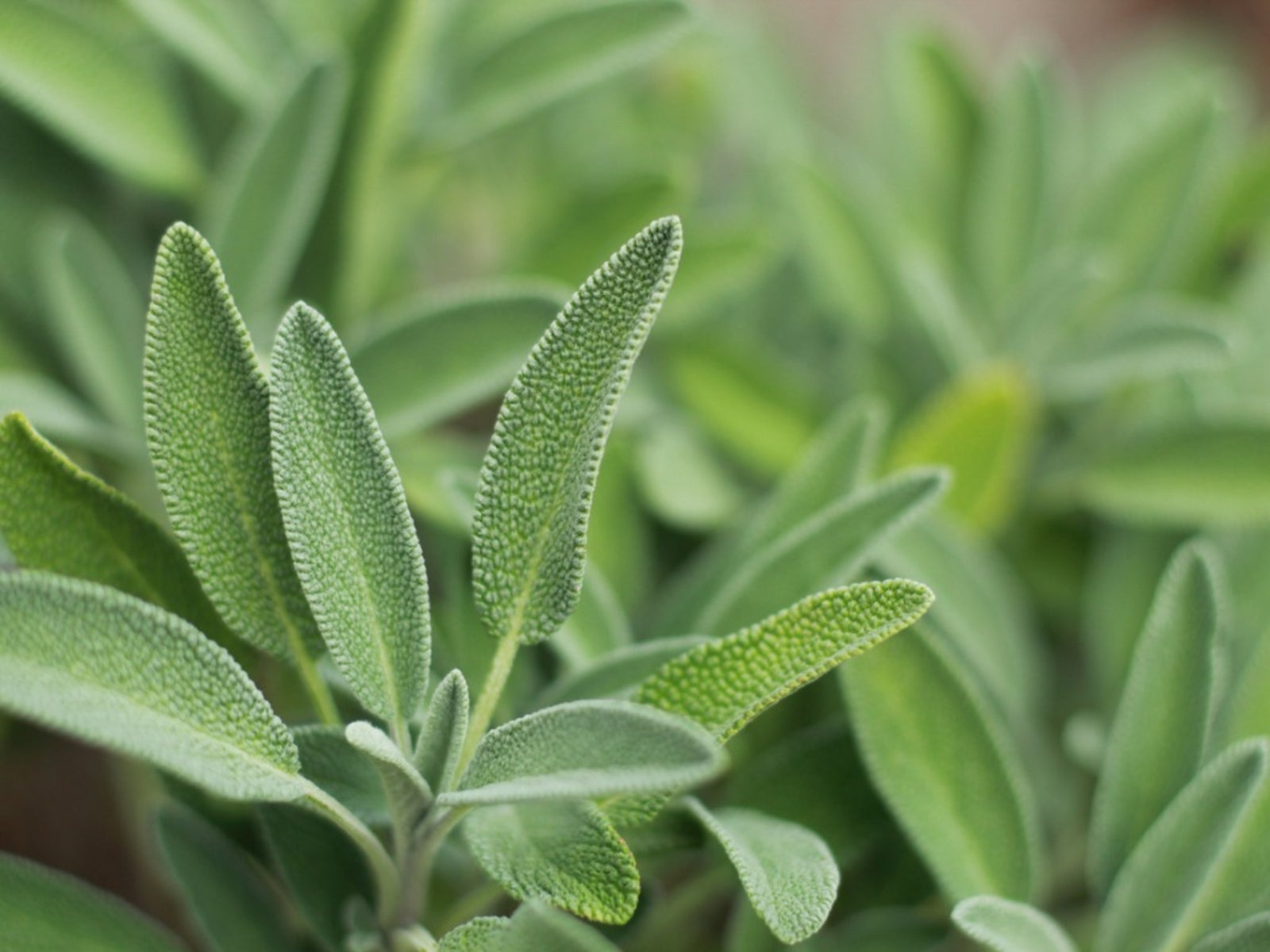How To Grow And Care For A Helenium Plant
Helenium, also known as Sneezeweed, is a beautiful plant that can add color to any garden. If you're thinking of growing Helenium, then you'll want to read on to get all the information you need to become an expert on this stunning plant.
:max_bytes(150000):strip_icc()/helenium-flowers-1316035-08-8cee73a5b58045e09028e43a130f637d.jpg)
Plant Attributes
Helenium is a native perennial that belongs to the Asteraceae family. These plants are characterized by their bright, daisy-like flowers that bloom in late summer and autumn. Depending on the species, the flowers can be yellow, orange, red, or burgundy. The foliage is lance-shaped and typically green, but some varieties have bronze or purple leaves. Helenium plants can grow to be up to four feet tall and have a spread of one to two feet.
Plant Care
Helenium plants are relatively easy to care for. They thrive in full sun to partial shade and prefer well-drained soil that is moist but not waterlogged. These plants are drought-tolerant but will benefit from regular watering during dry spells. Mulching around the base of the plant can help to retain moisture and suppress weed growth.
Helenium plants do not require fertilizer, but a light feeding in the spring can help to promote healthy growth. Deadheading spent flowers will encourage the plant to produce more blooms throughout the season. In the fall, cut back the stems to a few inches above the ground to promote new growth in the following spring.
Pruning
Helenium plants do not require much pruning. However, if the plants become too tall and leggy, you can pinch back the stems in the spring to promote bushier growth. Deadheading spent flowers will also help to keep the plant looking tidy.
Propagation
The easiest way to propagate Helenium plants is by division. In the spring, dig up the clump and carefully separate the roots into smaller sections. Replant these divisions in a new location or pot and water well.
Potting & Repotting
Although Helenium plants can be grown in pots, they prefer to be planted in the ground. If you choose to grow them in a container, make sure the pot is at least 12 inches wide and deep. Use a well-draining potting mix and make sure the container has adequate drainage holes.
If the plant becomes root-bound, it will need to be repotted. This typically happens every two to three years. Gently remove the plant from the pot and loosen the roots. Repot in a container that is one size larger and water well.
Common Pests & Plant Diseases
Helenium plants are generally resistant to pests and diseases. However, they can be susceptible to powdery mildew and rust. These can be prevented by ensuring that the plant has good air circulation and is not overwatered.
Common Problems
The most common problem with Helenium plants is root rot. This can be caused by overwatering or poorly draining soil. To prevent root rot, make sure the plant is not sitting in water and that the soil is well-draining.
Another problem that can occur is stem rot. This is typically caused by a fungal infection and can be prevented by ensuring that the plant has good air circulation and is not overwatered.
In conclusion, Helenium is a stunning plant that is easy to care for and adds color to any garden. With a little bit of effort, you can grow these plants to their full potential and enjoy their beauty year after year.




Post a Comment for "How To Grow And Care For A Helenium Plant"